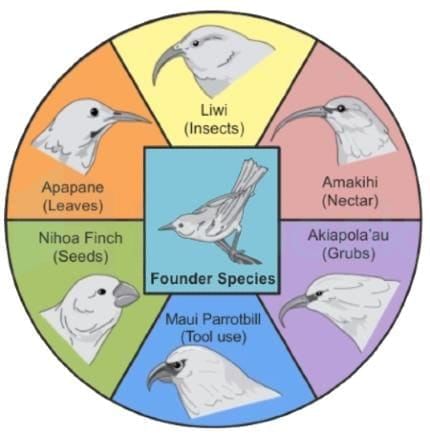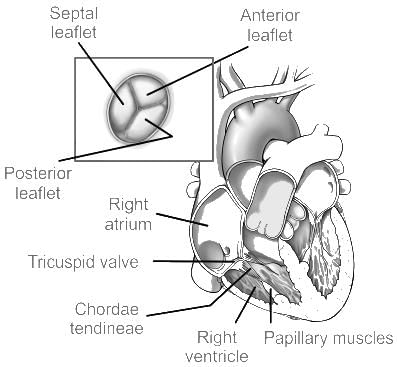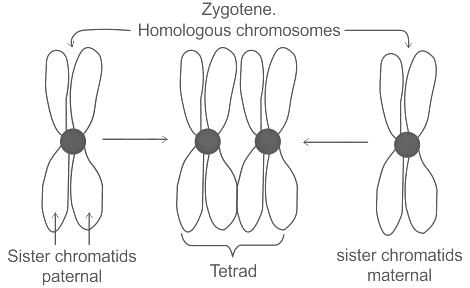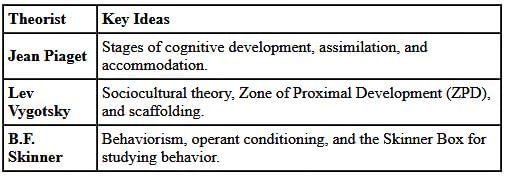The correct answer is Option 3 i.e. Robert Whittaker.
The Five-Kingdom classification was proposed by Robert H. Whittaker in 1969. This classification system divides all life forms into five broad categories. Each kingdom is distinct in terms of its cellular composition and organization, mode of nutrition, reproduction, and phylogenetic relationships (their evolutionary history).
The five kingdoms are as follows:-
- Monera: This kingdom includes unicellular, prokaryotic organisms, which means they lack a true nucleus and other membrane-bound organelles. It comprises all bacteria, including both eubacteria and archaebacteria. Some members of this kingdom are autotrophic, usually through photosynthesis, but most are heterotrophic.
- Protista: This kingdom is a diverse group of eukaryotic microorganisms, including amoebas, algae, protozoa, and slime molds. Many are unicellular, but some, like certain types of algae, are multicellular. Protists exhibit various nutritional modes, including photosynthesis, absorption, and ingestion.
- Fungi: The kingdom Fungi is composed of eukaryotic, usually multicellular, heterotrophic organisms. They obtain nutrients by absorption, secreting digestive enzymes into their surroundings and then absorbing the broken-down organic materials. Examples include molds, yeasts, and mushrooms.
- Plantae: This kingdom encompasses all plants, which are multicellular, eukaryotic organisms that are typically autotrophic, using photosynthesis to produce their own food from sunlight, water, and carbon dioxide. They have cell walls composed of cellulose.
- Animalia: The kingdom Animalia includes all animals. These organisms are multicellular, eukaryotic, and heterotrophic, obtaining nutrients by ingestion of other organisms. They do not have cell walls and often have bodies differentiated into tissues, including nervous tissue and muscle tissue for locomotion.
Additional InformationCarl Linnaeus (1707–1778): Linnaeus is best known for developing the system of binomial nomenclature, the formal system of naming species. This system is universally used to name organisms with a generic name and a specific name, such as Homo sapiens for humans. Linnaeus is also remembered for his work in ecology and for developing a hierarchical classification system that includes seven levels: kingdom, class, order, family, genus, species, and variety.
Ernst Haeckel (1834–1919): Haeckel is best known for popularizing the work of Charles Darwin. Haeckel also added significantly to the field of biological classification by introducing new terminology including "phylum" and "ecology." He was the first to divide the animal kingdom into unicellular and multicellular organisms, known as Protista and Metazoa, respectively
Thomas Hunt Morgan (1866–1945) is best known for his discoveries concerning the role of chromosomes in heredity. Morgan carried out his primary body of work in genetics using the fruit fly Drosophila melanogaster. He chose this species due to its short generation time, high fertility rate, and easily distinguishable genetic traits.
Key achievements and contributions from Morgan:
- Demonstration of Sex-Linkage: Morgan noticed that certain traits (like the white-eye mutation he first discovered) were linked to the sex of the individual. This led him to the hypothesis that the gene responsible for these traits was on the "sex chromosome," which we now know as the X chromosome.
- Concept of Linkage and Crossing Over: Morgan and his associates found that traits can be linked (i.e., they tend to be inherited together), indicating that the genes for these traits are on the same chromosome. This discovery led to the idea of gene mapping, the process of determining the relative positions of genes on a chromosome.
Conclusion- R.H.Whittaker gave the five Kingdom classifications of living organisms.
























